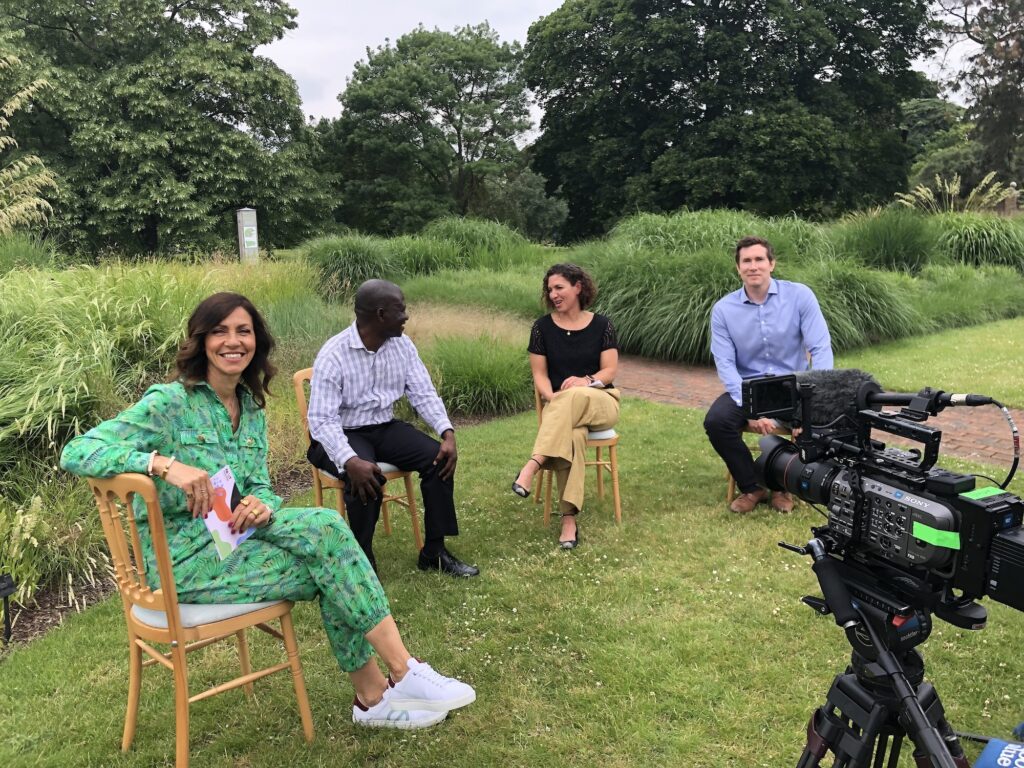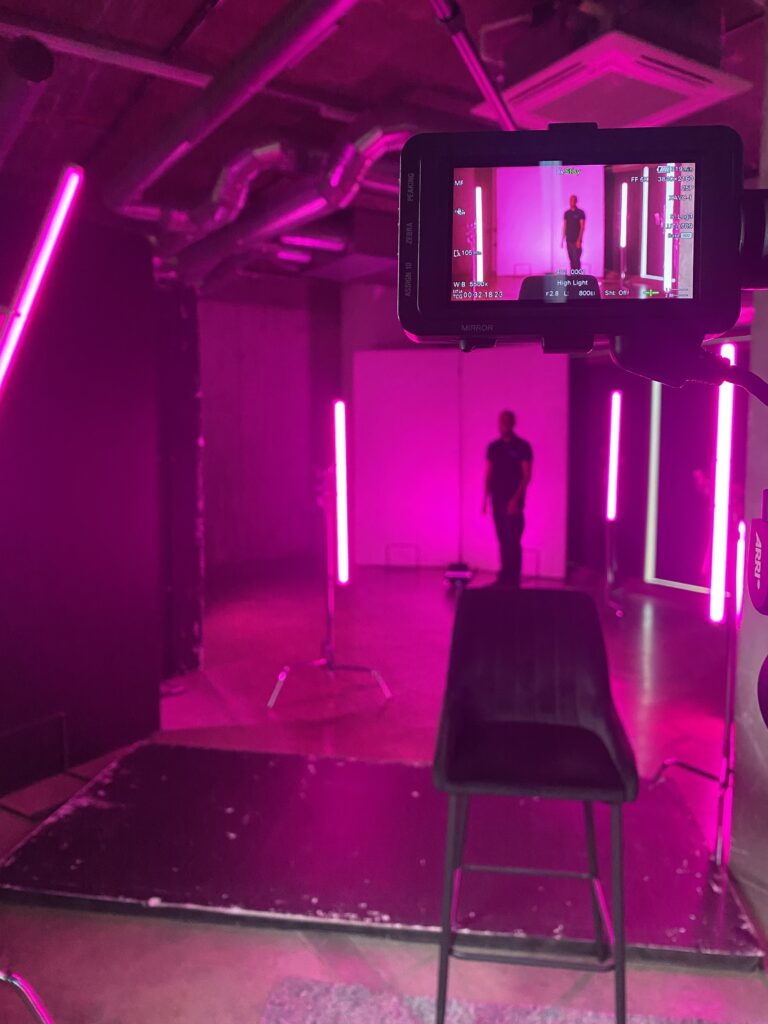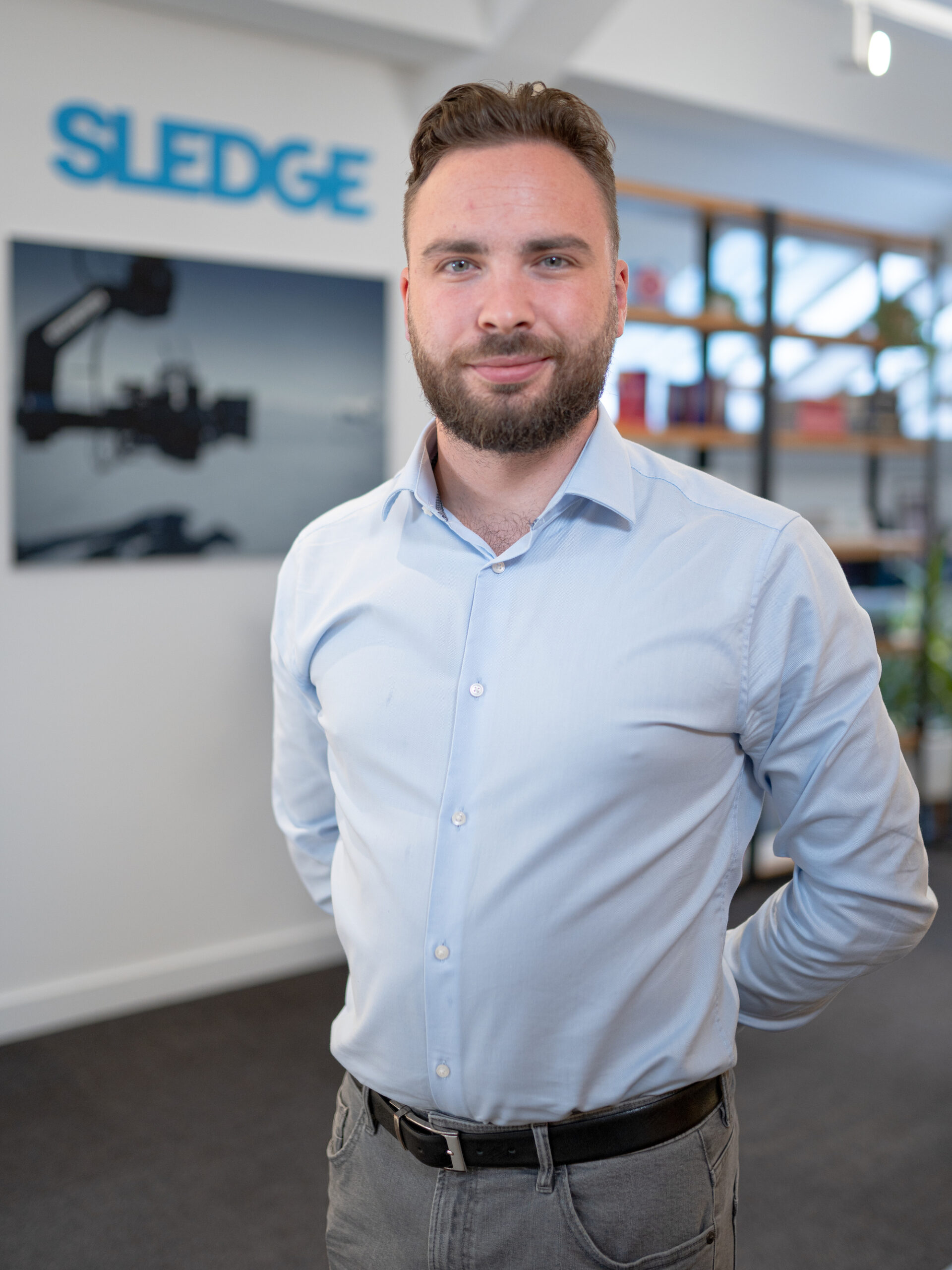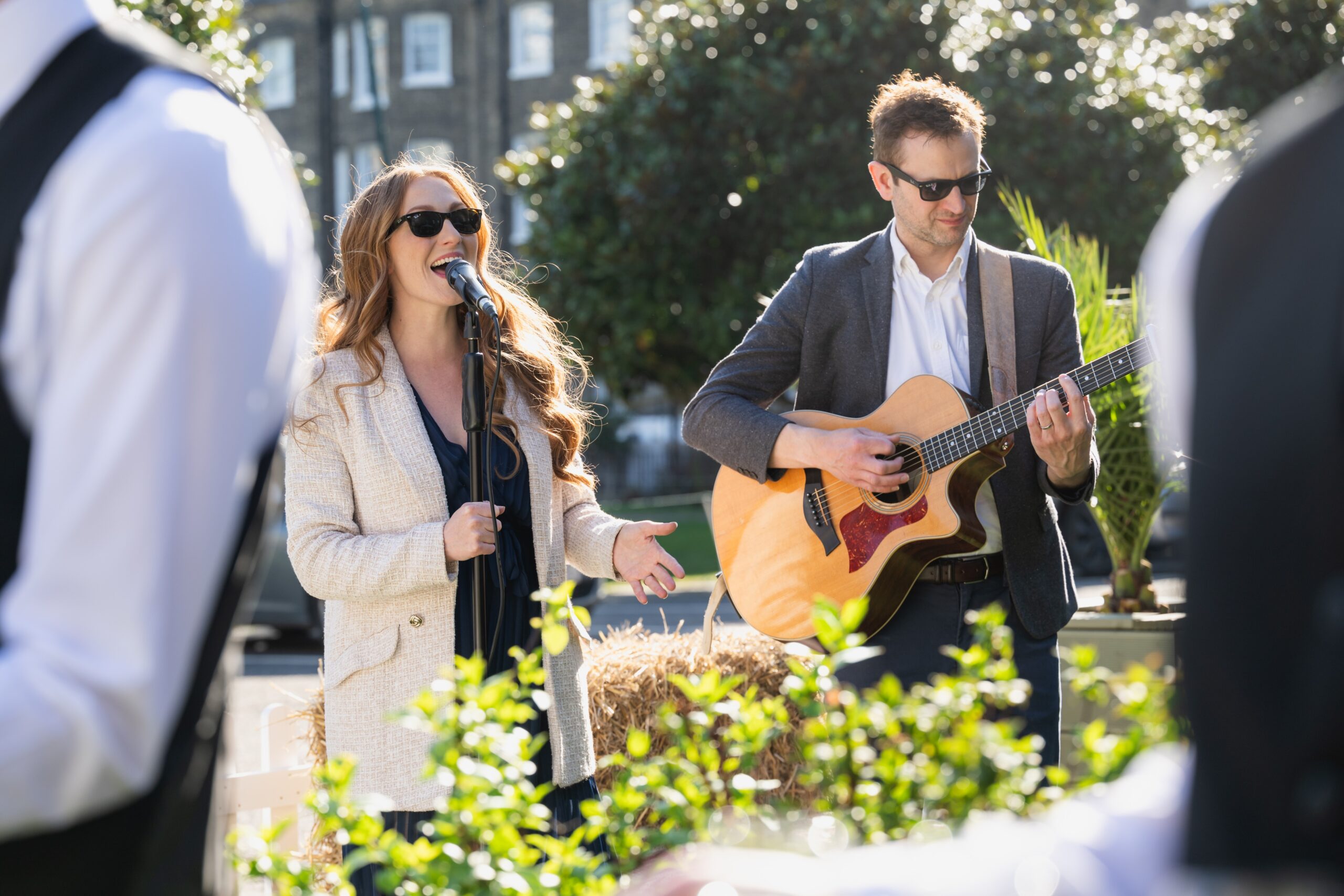By Ben Heaysman, Film & Content Creator, Sledge
A few years ago, Sledge’s film briefs came in separately from our event ones, and on occasion we would end up producing content for an event, too.
Usually, though, this was a bit of an afterthought on the client’s part, as video content didn’t have the same pull as it does today.
However, you only have to look at the rise of platforms such as TikTok, which had 465.7 million users in 2020, and has grown to 834.3 million users in 2023, and ongoing popularity of YouTube, which is the second most viewed website in the world to see that consumers actively seek out video content.
This presents a wealth of opportunities for event marketers, and not only as the experience unfolds, but before and after the fact too.
With this in mind, below is the five-step process we adopt when developing bespoke content for events of various sizes, formats and sectors, as well as a range of other platforms, which importantly, share the same message, yet in new and unique ways.

Prioritise events and film in equal measure
Firstly, look to have dedicated event and film professionals explore all core elements of the brief as a team, from the brand and its sector, to the timeline, budget, target audience and overall objectives.
Create collaboratively
This approach will then allow for the development of a core creative thread that underlies all elements of both the event and the content, and will determine the style that is adopted when capturing content. It ensures a consistent message, look and feel, and resonance with the target audience across every touchpoint.
Consider platform possibilities
While event content is key, and may take the form of stings, session intros and outros, and hype reels, film is a powerful experience amplifier.
Creating short form pieces for social media, web, email and PR can generate buzz and interest before the experience begins, which can in turn increase attendance levels and brand awareness, meanwhile edited highlights allow those who couldn’t join the chance to catch up on the action once it wraps up.

Define the techniques
This will be dependent on factors such as the audience, the message and the selected platforms, however the beauty of film is that there are countless techniques that can be employed to connect with people.
These include on-location shoots, which are great for demonstration and educational sessions that play during the event, and they can be edited down into bite sized pieces for digital platforms, meanwhile documentary-style pieces can prove both informative and emotive.
If the event’s subject matter is complex, bespoke animations complete with motion graphics are a great way to explain key processes or procedures, meanwhile interactive TV-style content produces high levels of engagement both physically and remotely.
Pick the tools
The kit you choose is essential to bringing the message to life through film, and the right equipment will ensure all content complements the event.
Key considerations here include cameras, lenses, lighting, tripods and audio equipment, and state-of-the-art post-production tools are a must too. If you’re shooting an event across a large location, a more compact mirrorless camera setup would be a go-to. Real-time collaborative workflows, and high-speed internet connections can also be of great advantage in the post production phase.
From driving engagement and long-term advocacy, to amplifying the message beyond four physical walls, film can add immense value to events. The key to success here, though, is all in developing a complementary strategy from the get go.












